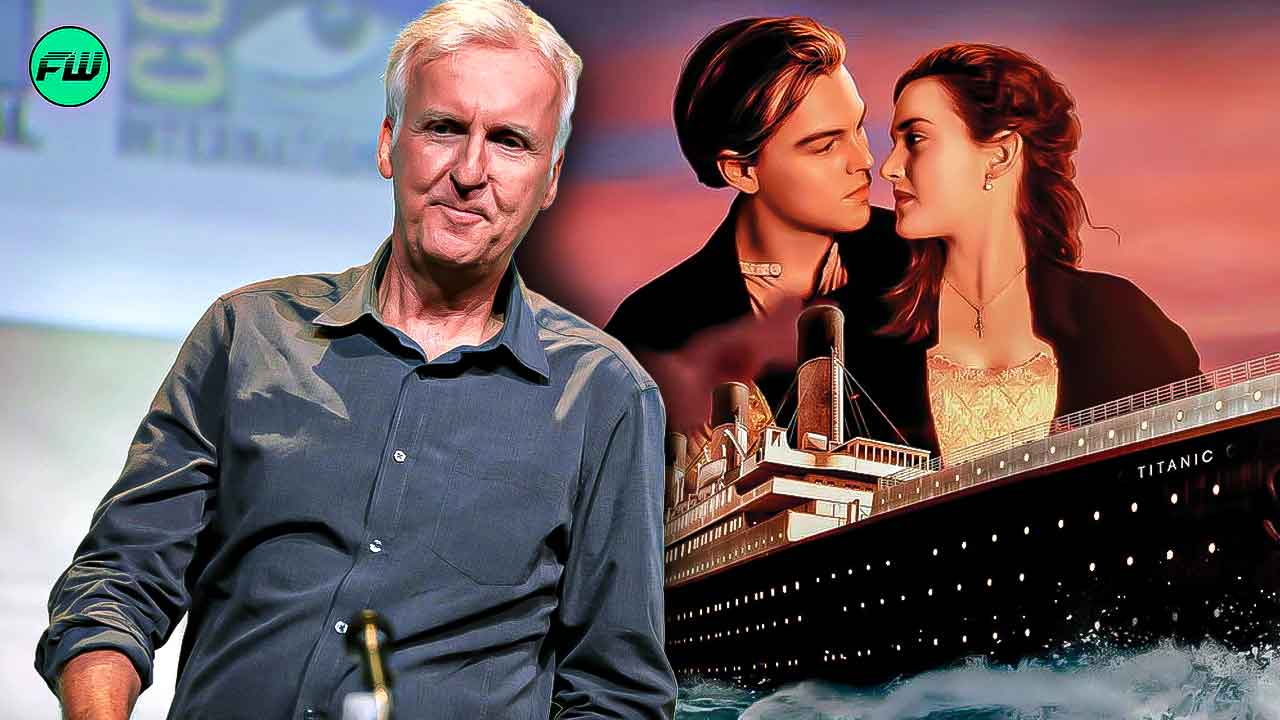James Cameron, one of the great directors of Hollywood, understands how films need to be made. In an industry that seems to be running out of CGI, Cameron came up with an age-old solution that has worked in Hollywood since before CGI became the next hot thing for his 1997 film, Titanic.

While making Titanic, Cameron made the executive decision to forgo CGI for something a little more close to reality. The director decided to take a more practical approach to the film, sticking to practical effects rather than trying to fix whatever decision he wanted to make in post-production.
James Cameron decided to cast short people to make the set look bigger

Being one of the most expensive films at the time, there was certainly no expense spared when making the film. However, to sell the majesty of the ship and how big it was, Cameron had decided to hire anyone “below the height of 5.8” to let the ship and the sets appear bigger. Of course, DiCaprio is famously 6 feet tall, so this seems to only apply to the extras of the film.
Speaking to the Los Angeles Times, Cameron talked about the multitude of ‘cheats’ that he used to cut costs on the set of Titanic, despite its enormous budget. This involved casting shorter people, while also canceling entire sets from the film which would be included otherwise. Another way in which the director cut costs for the 1997 blockbuster was by making use of miniatures rather than expecting to execute his vision in post-production through the use of CGI.
The miniature, the Dutch tilt, and the cinematic genius of James Cameron

A lot went into showing the breaking and eventual sinking of the Titanic in James Cameron’s blockbuster film. Miniatures have always been a part of Hollywood Cinema, especially key classics like 2001: A Space Odyssey and Star Wars. A similar approach was taken to show the sinking of the ship, which, in a less ambitious production, would probably be relegated to the CGI of the time, which would no doubt, cost the film in visuals and dollars alike.
Along with the miniature, Caemron employed a Dutch tilt, a common filmmaking technique, to portray the sinking of the ship. The tilt not only added to the unsteady effect that the water produced but also helped sell the enormity of the ship, which was a miniature. Such techniques can be employed by seasoned artists like Cameron to great effect, adding to their films a layer of cinematic flair, that just seems absent when executed through the use of computer-generated imagery.


